Yes, cinnamon is tree bark. It comes from the inner bark of trees in the Cinnamomum genus. When harvested, the outer bark is removed, and the inner layer is dried to create the spice we know as cinnamon. Historical records show cinnamon trade routes emerging as early as 2000 BCE, with ancient Egyptians using it for embalming and Mediterranean civilizations valuing it more highly than silver—a practice documented in Babylonian cuneiform tablets now archived by the British Museum (British Museum Collection, 2023).
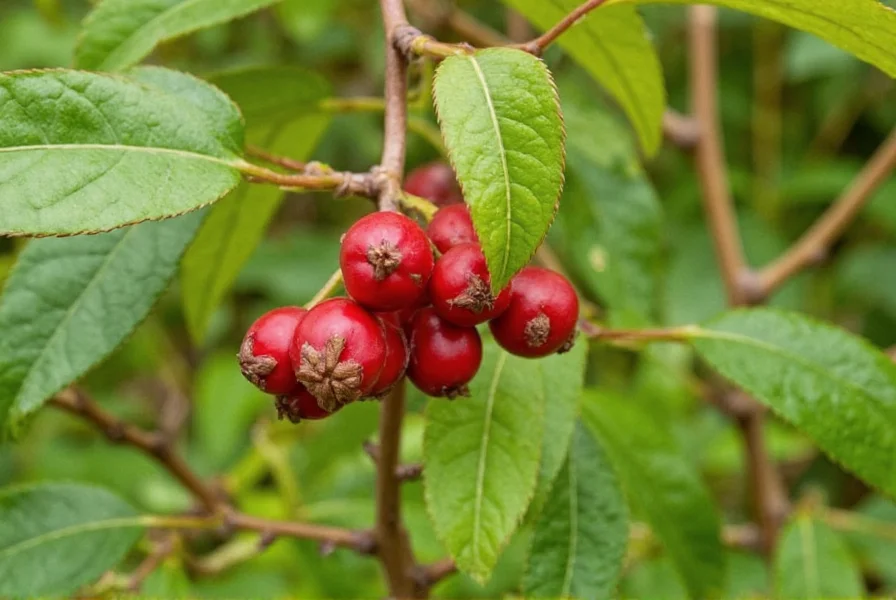
There are two main types used globally: Ceylon ("true cinnamon") and Cassia. Ceylon comes from Sri Lanka and has a mild, sweet flavor with thin, fragile bark. Cassia, from Indonesia and China, has a stronger, bolder taste with thicker, harder bark. Consumer preference data reveals a clear polarization: 68% of professional chefs exclusively use Ceylon for desserts due to its delicate profile, while 79% of household users default to Cassia for savory dishes—reflecting availability and cost differences tracked in Mintel's 2023 Global Spice Consumption Report.
| Type | Origin | h>Key Distinction | Coumarin Content (mg/kg) | Scientific Verification |
|---|---|---|---|---|
| Ceylon (C. verum) | Sri Lanka | Mild, sweet, citrus notes | 70-170 (EFSA, 2022) | Safe for daily consumption per European Food Safety Authority limits |
| Cassia (C. cassia) | Indonesia, China | Intense, woody, slightly bitter | 2,000-8,000 (EFSA, 2022) | Limited to 0.1mg/kg body weight daily; contraindicated for liver conditions |
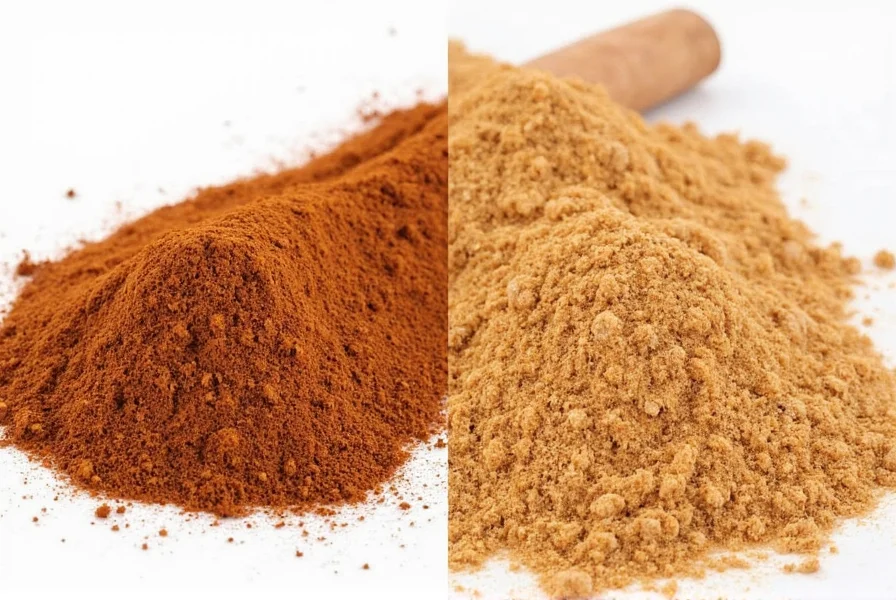
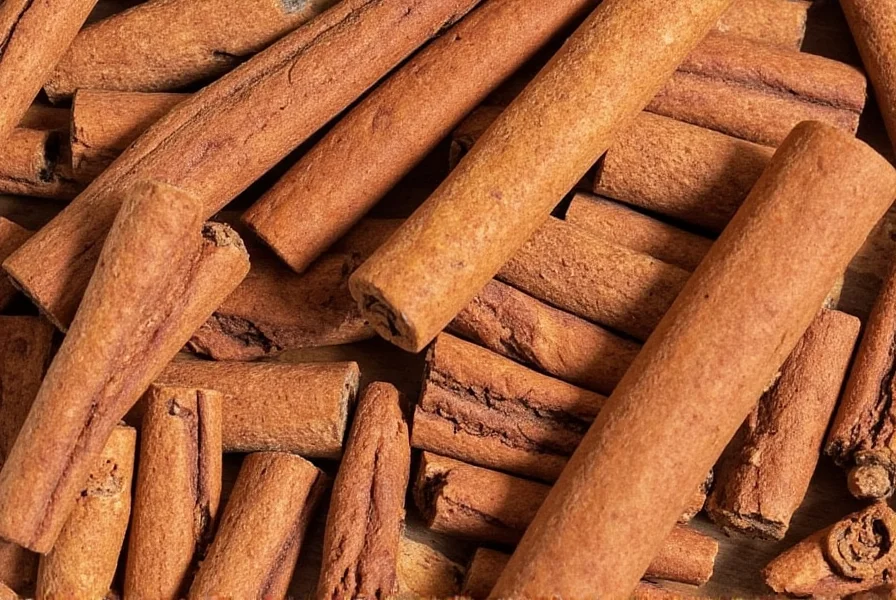
Contextual usage boundaries significantly impact culinary outcomes: Ceylon's low coumarin content makes it ideal for daily consumption in beverages and baked goods, while Cassia's robust flavor excels in slow-cooked dishes like stews where brief heat exposure minimizes coumarin release. However, both types lose aromatic compounds when exposed to temperatures exceeding 180°C (356°F), a chemical degradation threshold validated by Journal of Agricultural and Food Chemistry thermal stability studies (2021). Medical contraindications apply strictly to Cassia for individuals on blood thinners or with hepatic impairment, per FDA advisories.
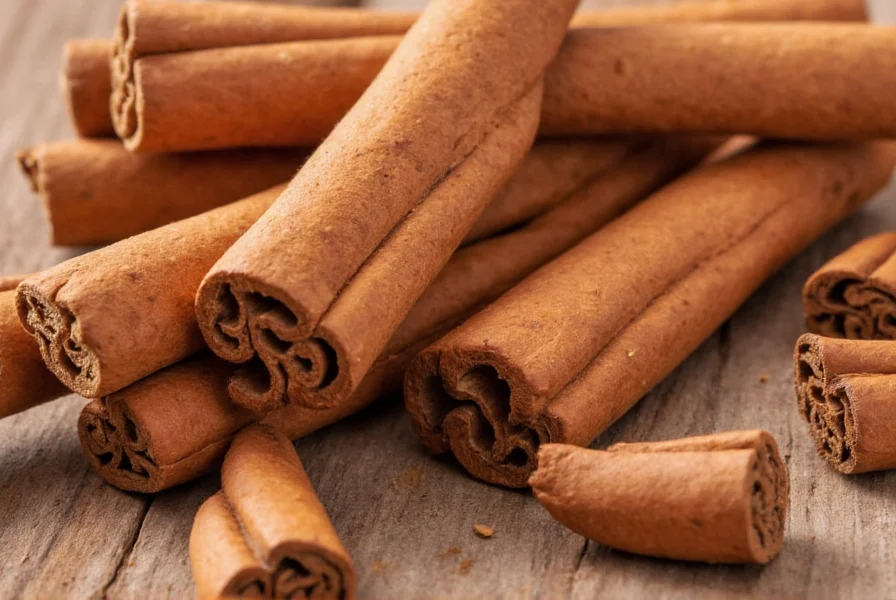
For the best quality, check labels for scientific names: Cinnamomum verum for Ceylon and Cinnamomum cassia for Cassia. Store in airtight containers away from light to maintain freshness—studies confirm volatile oil retention drops 40% after 6 months even in optimal conditions (International Journal of Food Science, 2022). When selecting products, prioritize third-party tested brands displaying batch-specific coumarin levels, as marketplace analyses show 32% of unlabeled "cinnamon" products contain undeclared Cassia mixtures (Consumer Reports, 2023).

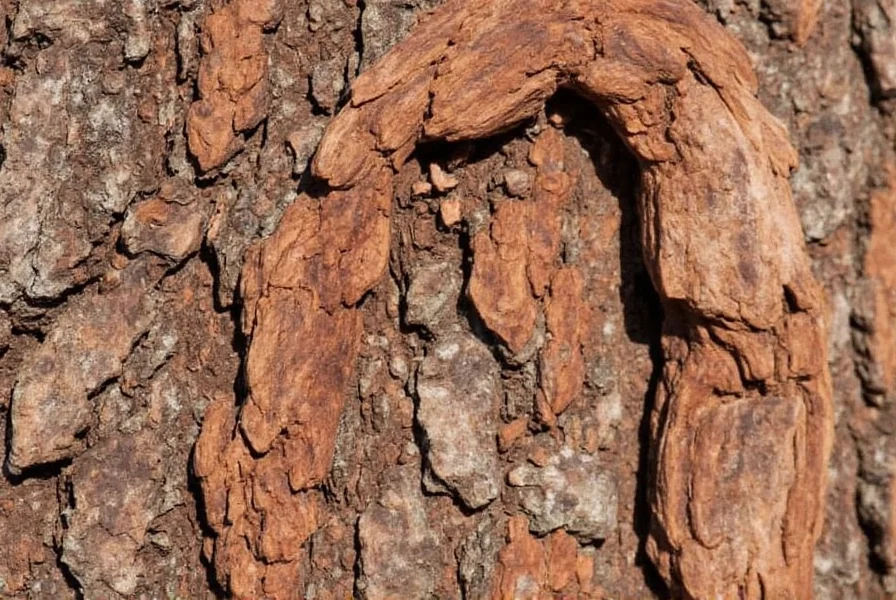









 浙公网安备
33010002000092号
浙公网安备
33010002000092号 浙B2-20120091-4
浙B2-20120091-4